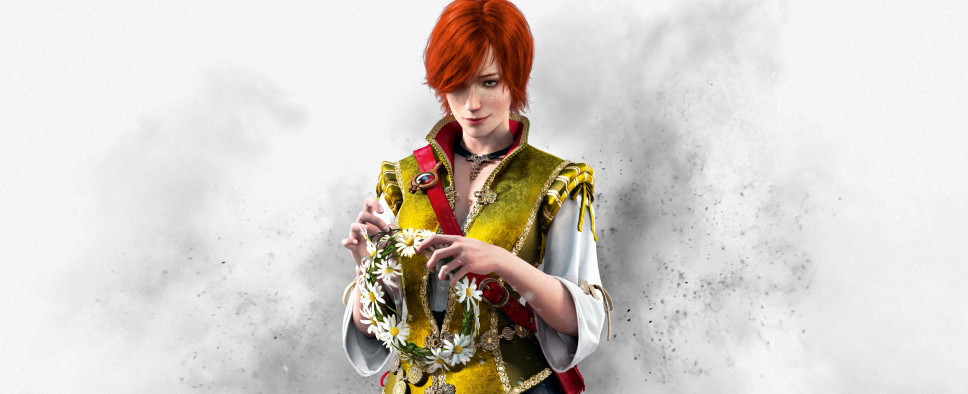A Closer Look at The Witcher 3's Most Outrageous Quest
-
Category: News ArchiveHits: 3090

Kotaku's Heather Alexandra has penned a look at one of the most memorable quests in the Hearts of Stone DLC for The Witcher 3: Wild Hunt, Dead Man's Party, which sees Geralt visiting a wedding party while possessed by a particularly rambunctious ghost. Here's an excerpt from the transcript:
The solution is to summon his ghost. This part of the quest merely reinforces the actual work of being a Witcher and is meant to contrast with the wild frivolity that is to come. Geralt enters the family crypt, battles ghosts, and performs a ritual to summon Vlodimir. Unable to interact with the world, it becomes clear that Vlodimir needs to possess a body and it just so happens that Geralt is right there.
This is the best thing about the quest, for many reasons. You now technically have control over two characters. Vlodimir takes over the interface, injecting himself into the dialog choices. When you choose an option, you’re not choosing what Geralt would say, you’re choosing what Vlodimir would say. But you’re watching Geralt do the acting; he emotes grandly and speaks with full bluster. It’s really fun and now you have to balance two characters in your mind. What would Geralt think about all this? What does Vlodimir want to do with his one day back in the land of the living? As far as roleplaying goes, that’s very active and The Witcher 3 excels exceptionally in just how much it encourages the player to truly think about these personalities.
There’s also an interesting moral aspect running throughout the quest. Geralt has previously agreed to go with his friend Shani to a wedding and Vlodimir thinks this is a grand way to carouse and make merry. There’s a lot of questions to ask. How far are you willing to flirt with Shani? When the opportunity for a fight arises, do you disrupt the party or do you back down? Is there a line that Vlodimir won’t cross? Is there a line of decorum that you, as a player won’t cross? It colors every decision you make. And there are plenty of decisions to be made.
You can also watch the analysis as its own video, with the footage helping contextualize the script:

